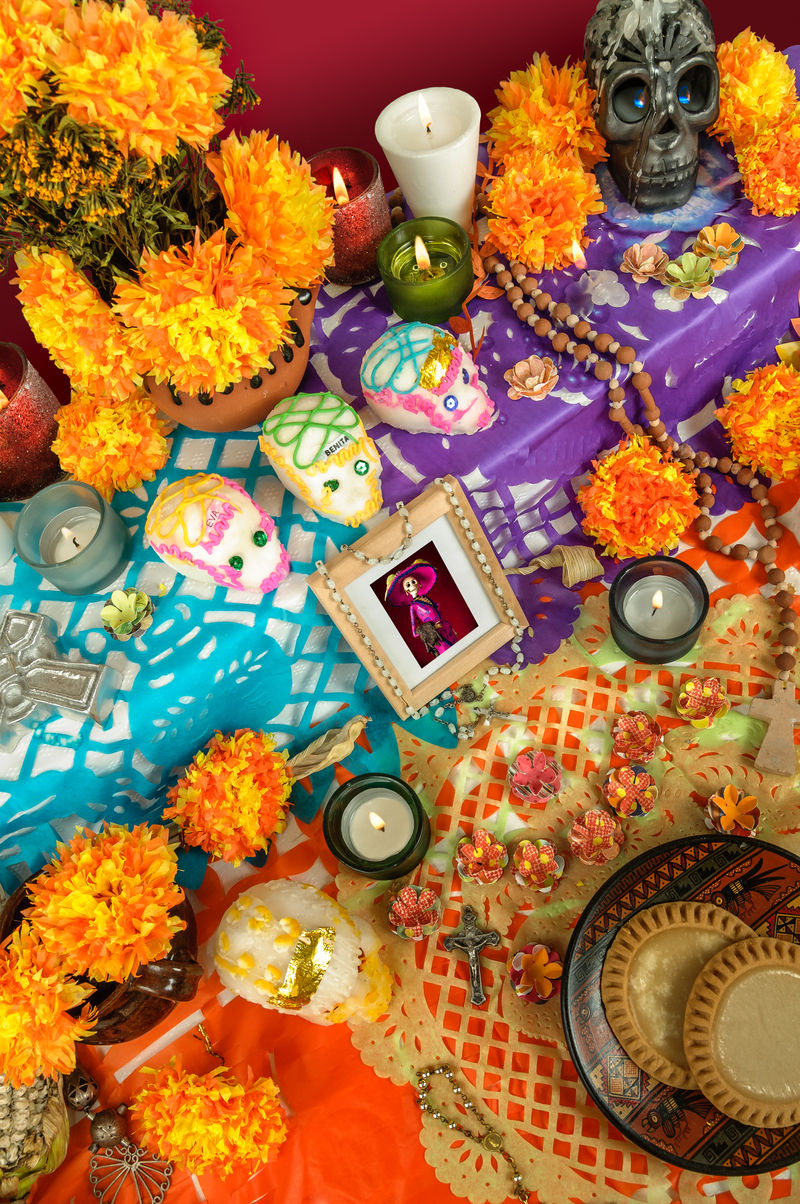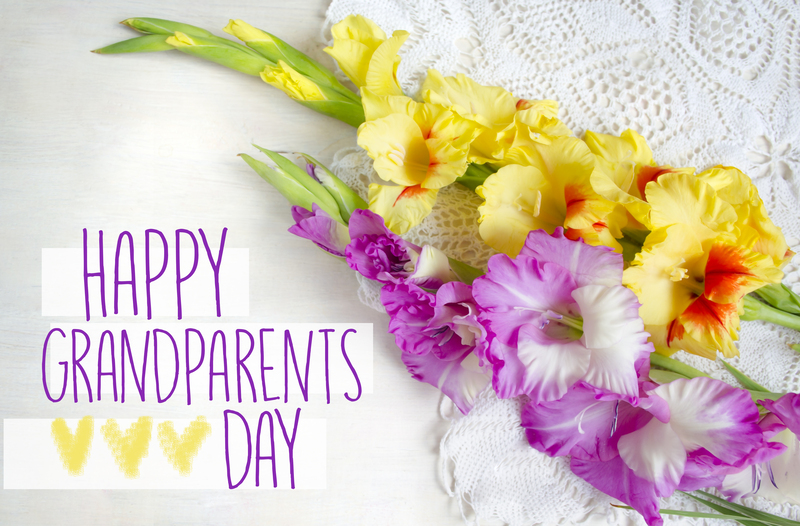Keep Your Poinsettias Thriving Longer
Posted on 22/08/2025
Keep Your Poinsettias Thriving Longer: Essential Care Tips for Healthy Holiday Plants
Poinsettias are the quintessential holiday plant, known for their vivid bracts and festive charm. However, many people struggle to keep their poinsettias thriving beyond the holiday season. If you've ever wondered how to care for poinsettias to ensure they last well into the new year, you've come to the right place! In this comprehensive guide, you'll discover expert advice and proven techniques to keep your poinsettias vibrant and healthy for months, extending their magical display and possibly even encouraging reblooming for next season.
Understanding Poinsettias: The Basics
Poinsettias (Euphorbia pulcherrima) are native to Mexico and Central America, prized for their brightly colored bracts--often mistaken for petals. Poinsettias come in colors ranging from classic red and white to pink and marbled varieties. Keeping your poinsettias healthy and luminous starts with understanding what they need to thrive, both during the holidays and after.
- Scientific Name: Euphorbia pulcherrima
- Common Name: Poinsettia
- Botanical Family: Euphorbiaceae
- Native Range: Mexico and Central America

Choosing the Right Poinsettia: Setting Yourself Up for Success
Healthy poinsettias last longer. When purchasing, look for these signs that your plant is in prime condition:
- Bracts and Foliage: Leaves and bracts should be brightly colored and unblemished, with no browning or wilting.
- Compact Shape: A dense, full plant indicates robust root health.
- Intact Cyathia: The small, yellowish structures in the center are the true flowers. Avoid plants with these flowers shedding or missing, as they may be past their peak.
- Root Check: If possible, gently slide the plant from its pot and check for healthy, white roots with no signs of rot.
Pro Tip: Avoid buying poinsettias that have been sitting in cold drafts or near store entrances, as exposure to chilly air can damage the plant before it even gets home.
Poinsettia Care 101: How to Keep Your Poinsettias Thriving at Home
Ideal Lighting for Poinsettia Longevity
To keep your poinsettias healthy, provide them with bright, indirect sunlight for at least 6 hours a day. Too little sunlight leads to dropped leaves and fading color, while too much direct sunlight can scorch the bracts and leaves. Place poinsettias near a warm, sunny window--east or south-facing is ideal, just out of direct rays.
- Avoid drafty locations or spots near radiators and heating vents.
- Rotate the plant regularly for even light exposure, preventing leaning or stretching.
Maintaining the Right Temperature and Humidity
Poinsettias prefer moderate temperatures:
- Daytime: 65-70?F (18-21?C)
- Nighttime: No lower than 60?F (15?C)
Sudden temperature drops, cold drafts, or contact with window glass can trigger leaf drop. Position your poinsettia where the temperature stays stable, away from both cold breezes and sources of sudden heat.
Humidity is also crucial. If your indoor air is dry (especially in winter), increase humidity by:
- Placing the plant on a tray of pebbles with water, ensuring the pot isn't sitting directly in the water.
- Misting gently with room-temperature water, but avoid wetting the bracts and leaves excessively.
The Art of Watering: How Often and How Much?
It's easy to overwater or underwater poinsettias. The secret to keeping poinsettias alive longer is consistent, moderate watering. Here's how:
- Water your poinsettia when the surface of the soil feels dry to the touch but hasn't completely dried out beneath.
- Always water thoroughly until moisture drains from the pot's bottom.
- Never leave the pot standing in excess water; this leads to root rot.
- Check the soil every few days--frequency depends on room temperature and plant size.
Underline this tip: Consistency is key for thriving poinsettias--keep the soil evenly moist, not soggy!
Nutrient Needs: How to Fertilize Poinsettias
If you plan to keep your poinsettia thriving well after the holidays, it will benefit from occasional feeding:
- Withhold fertilizer while the plant is blooming (December-February).
- In late winter or early spring, begin monthly feedings with a balanced, water-soluble fertilizer (such as 20-20-20) diluted to half strength.
This encourages robust new growth and strong roots. Do not over-fertilize, as poinsettias are relatively light feeders outside of their active growth periods.
Pruning and Repotting for Long-Term Thriving
To maintain your poinsettia's compact, attractive shape and encourage new growth, judicious pruning is vital. Here's how to prune poinsettias:
- After blooming, cut stems back to within 4-6 inches of the pot's rim in late winter or early spring.
- Remove faded bracts and any leggy or weak stems.
- Pinch back new shoots to promote bushiness.
If the plant becomes rootbound or you wish to refresh its soil, repot in early spring. Choose a slightly larger container with fresh, well-draining potting mix.
Encouraging Rebloom: Poinsettias Beyond the Holidays
If you've succeeded in keeping your poinsettia thriving for months, you might want to make it rebloom for next winter. While a bit of a challenge, it is completely possible! Here's the yearly cycle:
Post-Holiday Poinsettia Care: The Timeline
- Late Winter (Feb-March): After bracts fade, prune and reduce watering slightly.
- Spring (April-May): Water more as growth resumes; fertilize monthly.
- Summer: Grow outdoors in light shade, if frost-free. Pinch tips for bushier shape.
- Early Fall: Bring indoors before night temps drop below 55?F.
- Late Fall (Oct-Nov): To re-color, give 14+ hours of darkness every night (cover with a box or move to a closet from 5 p.m. to 8 a.m.), with bright light during the day. Continue for 8 weeks until bracts color up.
- December: Enjoy your rebloomed poinsettia!
This process is called photoperiodic manipulation and mimics the natural shrinking of daylight that signals the plant to produce colorful bracts.
Solving Common Poinsettia Problems
Even the most attentive plant parents encounter mishaps. Here's how to fix typical issues to keep your poinsettia thriving longer:
- Leaf Drop: Usually caused by sudden temperature changes, drafts, or overwatering. Keep conditions consistent and avoid placing your plant near doors or vents.
- Yellowing Leaves: Can signal underwatering, overwatering, or nutrient deficiency. Check soil moisture and ensure good drainage.
- Wilting: Usually from underwatering or root rot caused by soggy soil. Allow excess water to drain and remove any mushy roots.
- Leggy Growth: Not enough light or failure to pinch back new stems. Move to a brighter spot and prune regularly.
- Pest Issues: Watch for whiteflies, spider mites, or aphids. Treat with insecticidal soap or neem oil at first sight.
Are Poinsettias Poisonous?
The long-standing myth is that poinsettias are highly toxic. In reality, while poinsettias can cause mild digestive upset if ingested by pets or small children, they are much less toxic than popularly believed. Still, keep out of reach and wash skin after handling the sap, which may cause mild irritation for sensitive individuals.
Poinsettia Display and Decor: How to Showcase and Protect Your Plants
Presentation matters not just for aesthetics but for the plant's health as well. Here are creative and safe ways to display your poinsettias:
- Use decorative cache pots with drainage. Always remove the plant from decorative foil to allow proper water flow.
- Pair with greenery or ferns for a lush look and to help enhance humidity.
- Place in groups of three or more for maximum visual impact, but allow space for airflow between plants.
- Protect from pets and small children by elevating or using plant stands.
- Rotate displays to maintain even exposure and avoid uneven growth.

Frequently Asked Questions About Keeping Poinsettias Thriving Longer
How long can poinsettias last indoors?
With attentive care, poinsettias can remain healthy and attractive for two to five months indoors. Some enthusiasts keep them alive and thriving for years, especially if they encourage annual reblooming.
Do poinsettias like coffee grounds?
Poinsettias prefer soil that is slightly acidic to neutral. While a sprinkling of coffee grounds can provide acidity and nutrients, avoid excessive use as it may foster mold growth. Always water thoroughly, and use coffee grounds sparingly.
Is it okay to put poinsettias outdoors?
Poinsettias enjoy being outside when temperatures are reliably above 60?F (15?C). Provide light shade and protection from wind. Bring them back inside before temperatures drop in fall to avoid cold damage.
Summary: The Secrets to Keeping Poinsettias Thriving Longer
- Select healthy plants from the start.
- Provide bright, indirect light and avoid drafts.
- Water only when soil is dry to the touch, and never let roots stand in water.
- Fertilize monthly in spring and summer.
- Prune for shape and vigor after blooming.
- Encourage rebloom with a period of long, uninterrupted darkness in fall.
- Handle common problems promptly for plant resilience.
With proper care and a bit of planning, your poinsettia can become more than just a fleeting holiday accent--it can be a resilient, year-round indoor beauty that rewards your attention with dazzling displays for many seasons to come. Keep your poinsettias thriving longer by following these expert guidelines, and transform your holiday favorite into a lasting part of your indoor garden!
For More on Houseplant Success
- Best Lighting Tips for Houseplants
- How and When to Fertilize Indoor Plants
- Step-by-Step Repotting Instructions
Make poinsettias a holiday highlight every year--instead of a one-time wonder, they'll be a seasonal success you can enjoy and display for months on end!
Latest Posts
Elevate Your Desk with These Care-Free Office Plants
Maximize the Lifespan of Your Floral Arrangements
Keep Your Poinsettias Thriving Longer
Discovering the Rich Symbolism and Color Meanings of Peonies





